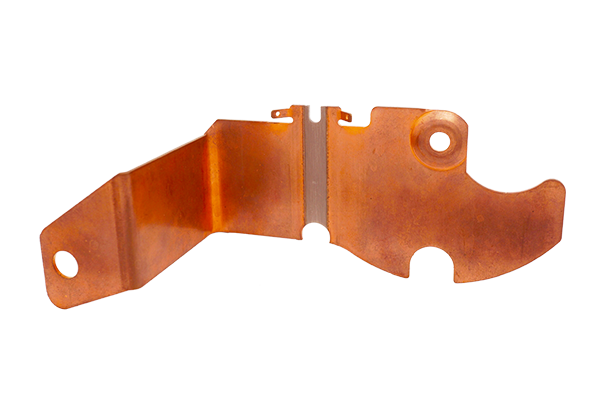

Besides, the 12V bus input may not be well regulated.

If a fixed resistor divider is used, the IC V CC voltage varies with load. The op amp’s V CC pin current may vary under different operating conditions. Does it work well? The answer is usually no. The simplest approach to generate the 3.3V is to use a resistor divider from the 12V bus, as shown in Figure 1. On the system board, a 3.3V voltage is needed to power an operational amplifier (op amp). In an embedded system, a 12V bus rail is available from the front-end power supply. Linear Regulators How a Linear Regulator Works This article focuses on nonisolated power supply applications and provides an introduction to their operation and design basics. To make the best choice of a solution, it is essential for designers to be familiar with the merits, drawbacks and design concerns of each approach. Depending on the specific application, a designer can choose either a linear regulator (LR) or a switching mode power supply (SMPS) solution. It also must protect the load and system in case of a component failure. It needs to meet the load voltage or current regulation requirement during steady-state and transient conditions. Power management design is becoming a more frequent and challenging task for system designers, many of whom may not have strong power backgrounds.Ī power converter generates output voltage and current for the load from a given input power source. It is important to choose the appropriate solution for the targeted application and to meet specified performance requirements, such as high efficiency, tight printed circuit board (PCB) space, accurate output regulation, fast transient response, low solution cost, etc. Today’s designs require an increasing number of power rails and supply solutions in electronics systems, with loads ranging from a few mA for standby supplies to over 100A for ASIC voltage regulators. The buck step-down converter is used as an example to further explain the design considerations of a switching regulator. The basic operating principles of linear regulators and SMPS are explained and the advantages and disadvantages of each solution are discussed. It is aimed at system engineers who may not be very familiar with power supply designs and selection. This article explains the basic concepts of linear regulators and switching mode power supplies (SMPS).

AN-140: Basic Concepts of Linear Regulator and Switching Mode Power Supplies


 0 kommentar(er)
0 kommentar(er)
